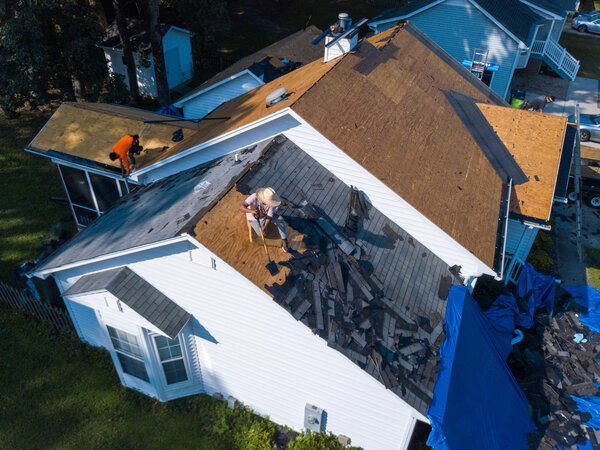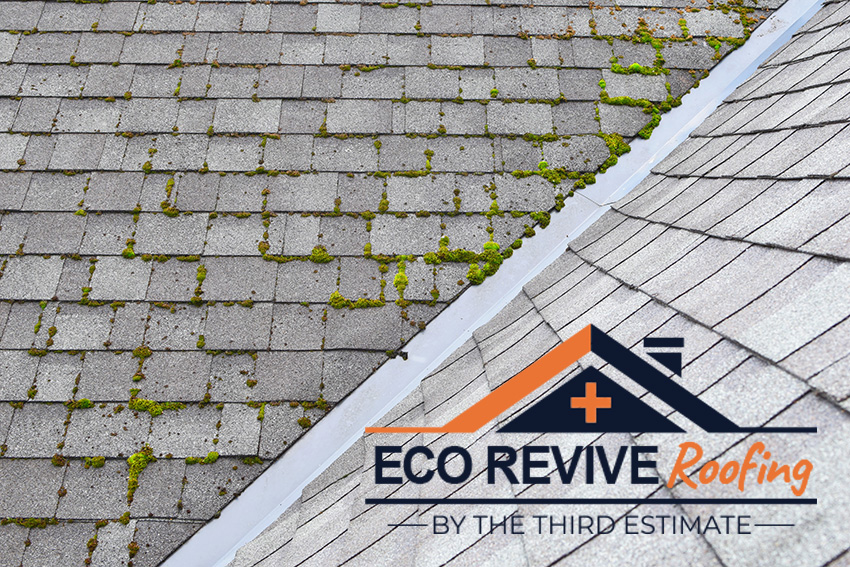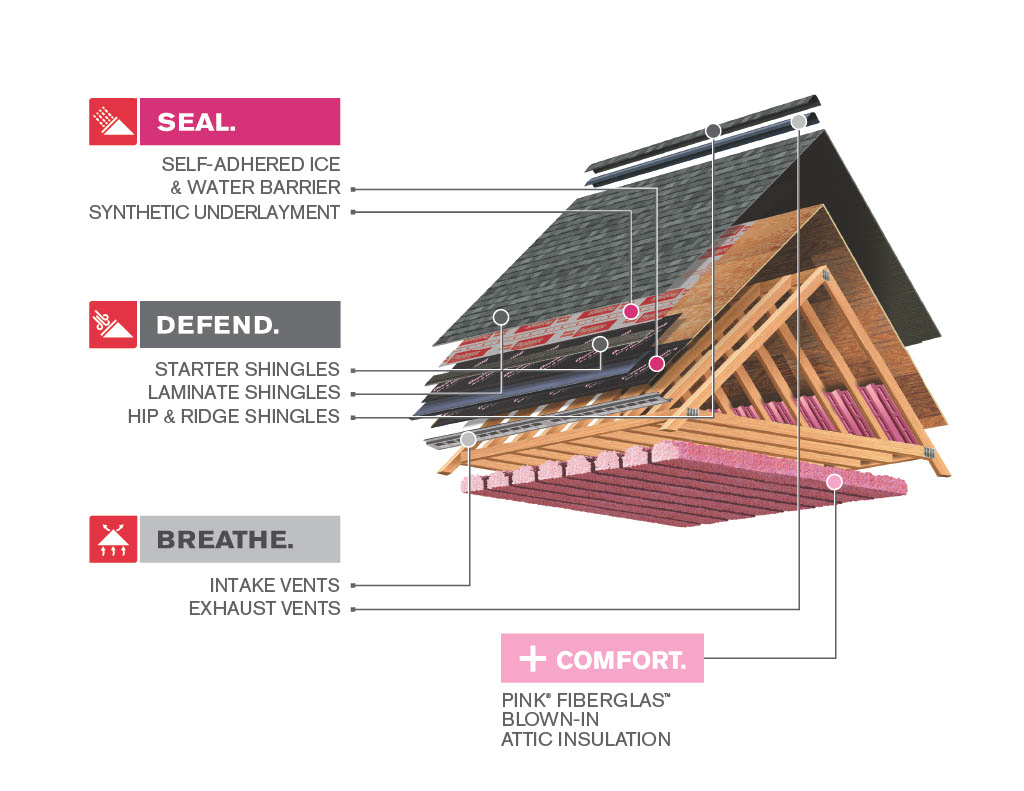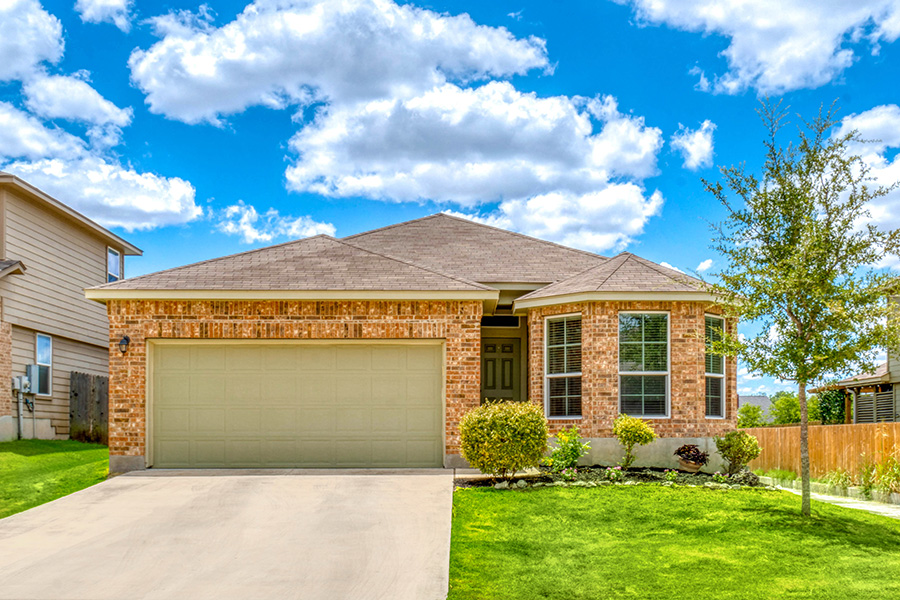You notice damage on your roof and decide it’s time to address it. However, you’re not sure if you need to re-roof or get a total roof replacement. Your roof is a significant investment and will give you peace of mind knowing your home is safe and sturdy. Let’s discuss the differences between the two primary options and which is best for your situation.
Option 1: Re-roof
A re-roof, also known as roof restoration, is the process of layering new shingles on top of your old shingles. This option is the cheapest and quickest way to revive your roof.
Pros of a roof restoration

A re-roof is often finished in half the time it costs to do a roof replacement, depending on your situation. Re-roofing requires fewer materials and less labor, which makes it an efficient and effective option if you notice minor damage. This option will give your roof an added layer of protection and a refreshed look you might be searching for.
Cons of a roof restoration
We only recommend a re-roof if the roof’s underlying structure is in good condition and there is only minor damage to the existing shingles. Layering shingles may cause structural damage to go unnoticed. If significant damage is undiscovered, it could cause major safety issues and repair costs. This option is a temporary, quick fix that is cheaper than a total replacement. You should also note that typically you are unable to re-roof if you already have multiple layers on your roof or if you have a metal roof.
When to do a roof restoration
Roof restoration may be a good option if:
- You notice minor damage occurred on your roof; however, the rest of the roof is in good condition.
- You have one layer of asphalt shingles, and you want to reinforce your roof’s overall appearance and stability.
- You’re looking for an option that may prolong the lifespan of an older roof in good condition.
Option 2: Roof replacement
Replacing your roof involves completely removing the existing roof and replacing it with a new one. A roof replacement allows roofers to look at your roof’s foundation, which will show any signs of mold, leaks and rotting.
Pros of a roof replacement
This option could prevent significant damage on your roof from worsening. Although a roof replacement costs more than a roof restoration, a roof replacement lasts significantly longer. An average lifespan of a new roof is around 25 years while re-roofing will last about 15 years. Furthermore, a new roof will increase the value of your home. When replacing your roof, you’re not limited to new roofing options. You can choose what material you want if you get a new roof.
Cons of a roof replacement
Replacing your roof requires more labor, materials and time, making it more costly than a roof restoration.
When to do a roof replacement:
- Your roof is older than 20 years.
- There is significant weather-related damage throughout your roof, which may be eligible for an insurance claim.
- You want the peace of mind knowing that your roof is safe and sturdy.
Receive a free estimate from a roofing professional
You now understand the differences between re-roofing and a roof replacement. If you decide one of these options fits your needs, call us to schedule a free estimate. If you are still unsure if your roof needs to be restored or replaced, we can give you a free inspection and give you our professional opinion on the condition of your roof. Our trained and experienced estimators work hard to ensure each roof is safe and long-lasting.








